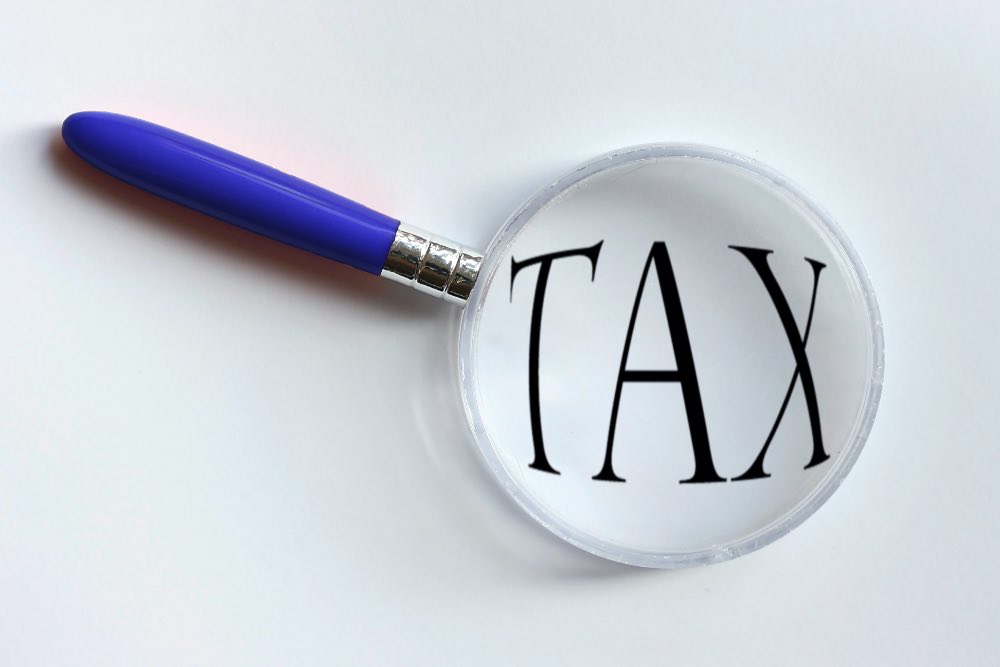
Building on the 2019 SECURE ACT, the 2022 Securing a Strong Retirement Act (commonly referred to as SECURE 2.0) was passed to help boost savings in workplace plans, extend support to small businesses that want to help employees prepare for retirement, and increase tax incentives for small businesses. Here are some of the corporate highlights.
TAX CREDITS RISE
SECURE 2.0 increases the startup credit to cover 100% (up from 50%) of administrative costs up to $5,000 for the first three years of plans established by employers with up to 50 employees. It also clarifies that small businesses joining a multiple employer plan (MEP) are eligible for the credit.
AUTO-ENROLLMENT EXPANDS
Beginning in 2025, 401(k) and 403(b) plans will be required to automatically enroll eligible participants, though employees may opt out of coverage. There is an exception for small businesses with ten or fewer employees and new companies less than three years old. The expansion of automatic enrollment will help more workers save for retirement, particularly younger, lower-paid workers.
STARTER PLANS AVAILABLE
Next year, employers who do not already offer retirement plans will be permitted to provide a starter 401(k) plan, or safe harbor 403(b) plan to employees who meet age and service requirements. Through the starter plans, the limit on annual deferrals would be the same as the IRA contribution limit, and employers may not make matching or nonelective contributions to starter plans.
PART-TIME WORKERS BENEFIT
Starting in 2025, employers will be required to allow part-time employees (workers with over 500 hours per year for two consecutive years) to participate in their retirement plan after two years of service. Employees with over 1,000 hours of service must be included after one year of service.
SECURE 2.0 also made numerous changes to how company retirement plans operate. You’ll need to understand how these changes will impact your business—especially if you want to include a retirement plan in your employee benefits package.



